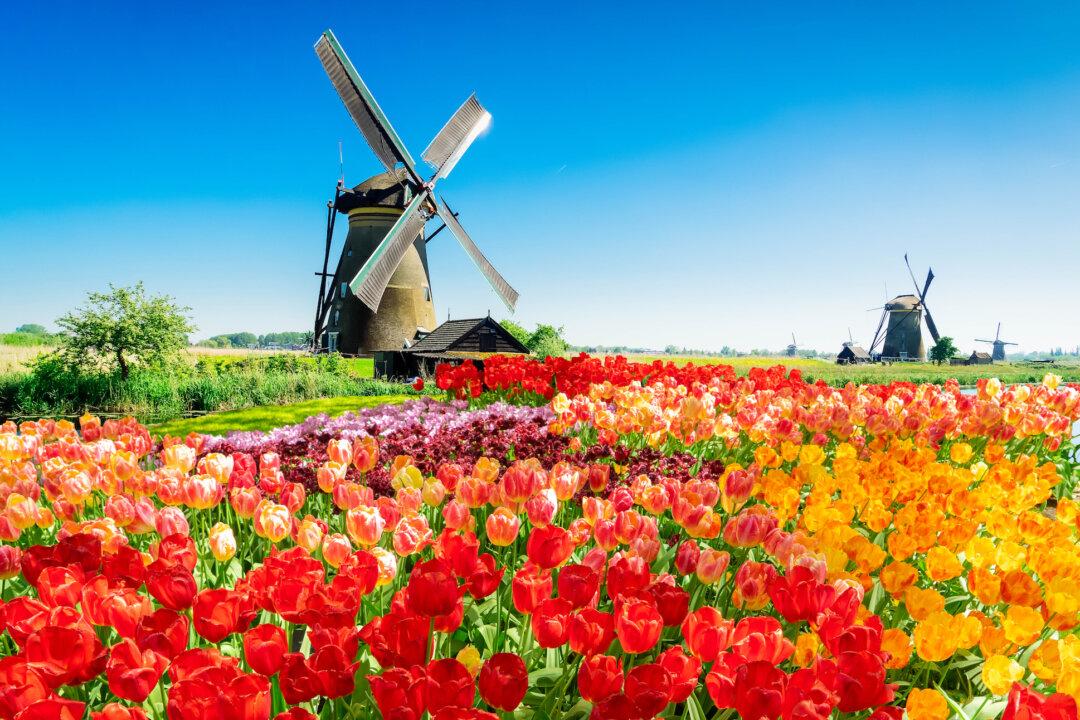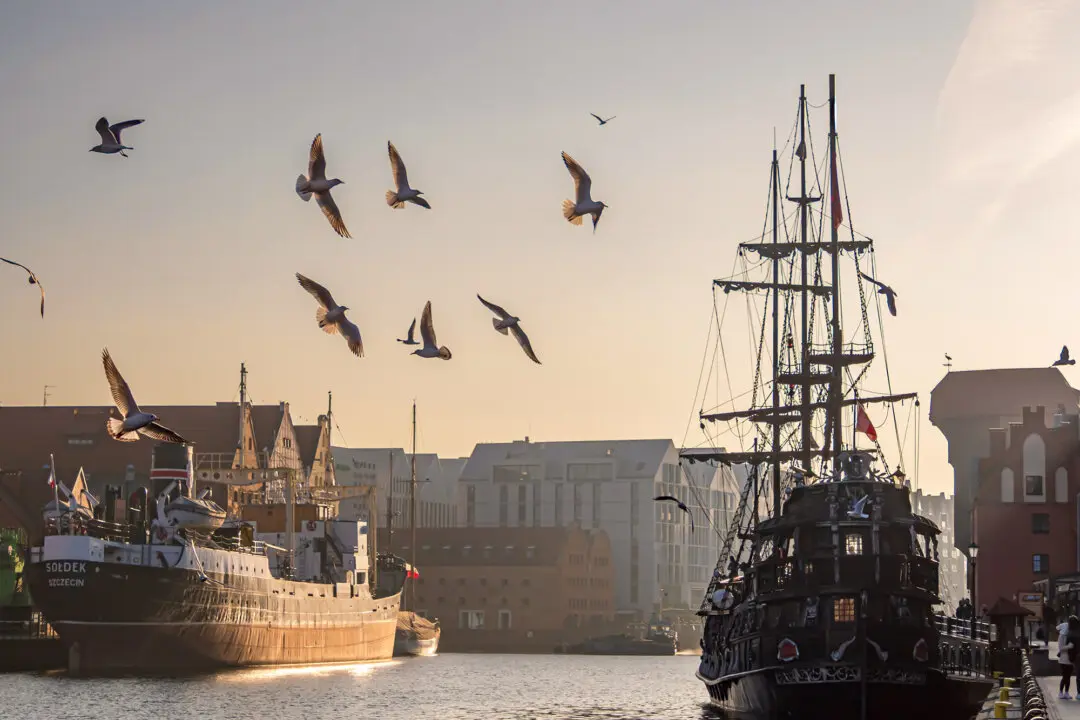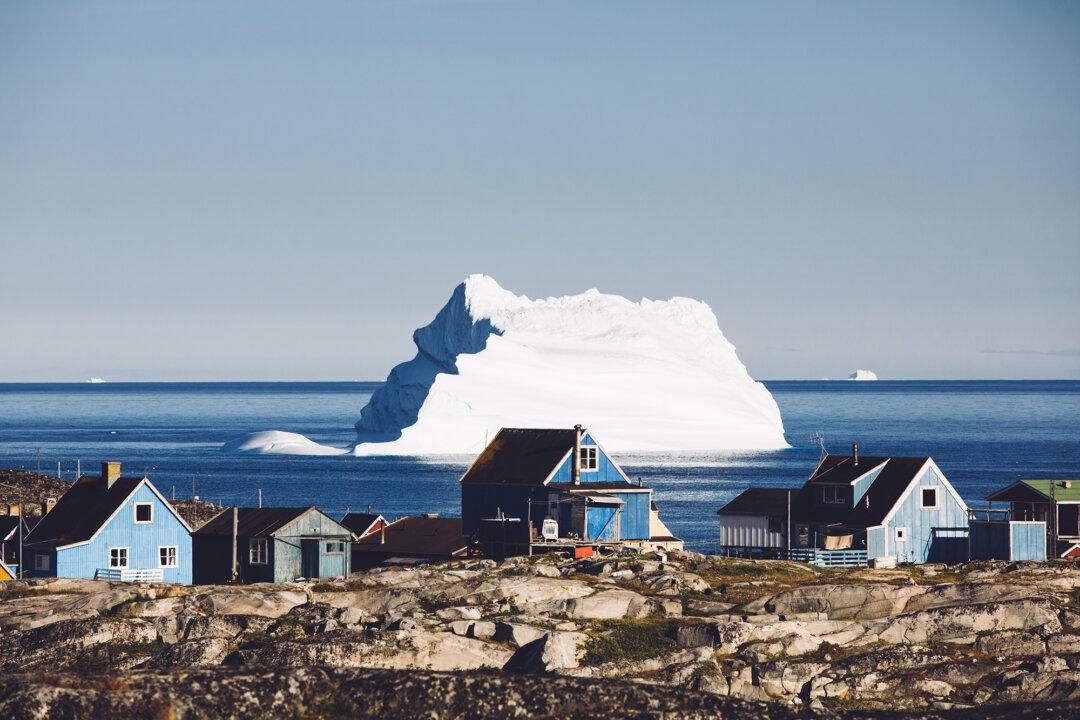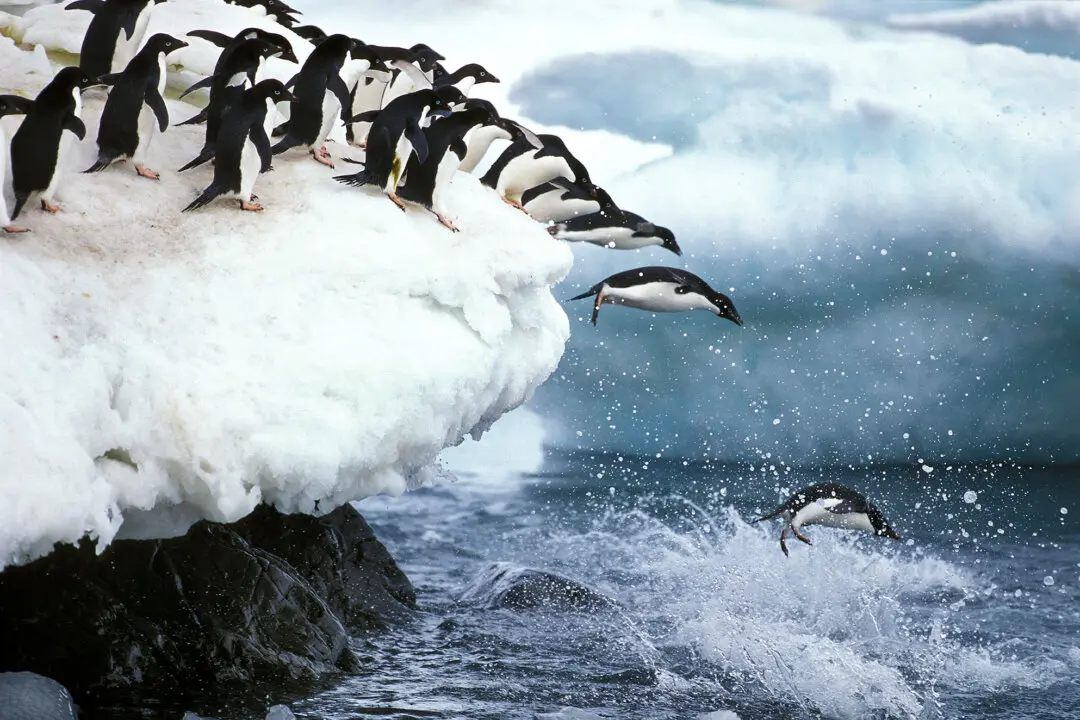It’s like a scene out of a storybook. In the fading late afternoon sun, the windmills stood all in a row, as if Don Quixote might just pop out from behind one and commence his tilting.
The actual turning of the blades, though made from wood, is facilitated by fabric flaps, which must be unfurled in the morning, but then buttoned up at the end of the day. A guide notes that people actually still live inside these mills, and that to do so, to even apply for the position of miller (windmill-keeper), you must take years of training, and hold a special certificate.





